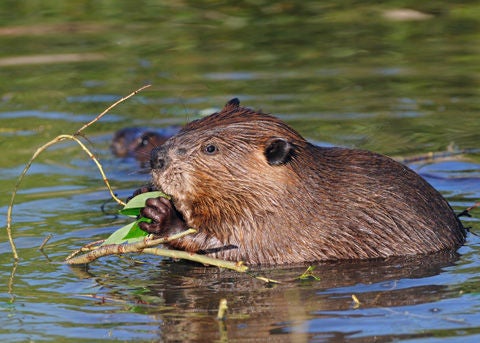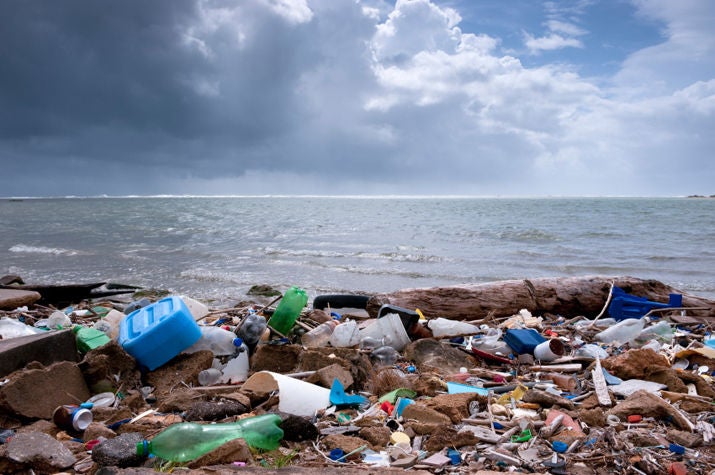Jul 13, 2017
Annie Langlois
Diving into History with this Endangered Marine Mammal
The North Atlantic Right Whale is one of the largest species we have in Canadian waters. They’re the length of a transport truck and twice the weight! It’s hard to believe, but it gets to this impressive size on a diet of tiny zooplankton like copepods, euphausiids and cyprids. During the summer, the Right Whale can eat over a ton of these small critters every day! It does so by filtering food out of mouthfuls of ocean water with their baleens, or the plates of fringes which hang from its upper jaw that it has instead of teeth. Right Whales might be pretty big, but scientists still have a hard time following them around! That’s probably because they are extremely rare. In fact, only about 500 Right Whales remain on Earth! We do know they spend summer in Canadian waters, and that pregnant females spend the winter in the warmer waters off the east coast of the southern United States. But we are still trying to find out where the other Right Whales go!
Right Whales were once much more common. They were a source of food and tools for East Coast Indigenous Peoples for thousands of years. Whales were important and were held in high esteem. For example, the Mi’kmaq believed that the whale was the master of life in the sea.
But why are they now so rare? Sadly, one clue is to be found in their unusual name. The Right Whale is thought to have been named by whalers as the “right” whale to hunt due to its convenient tendencies to swim close to shore and float when dead. Commercial whaling started in what was to become Canada in the 1500s, only to be banned in 1935.
Even though the ban took place 82 years ago, Right Whale populations can’t recover quickly. This is partly because of their low reproductive rates: females start having young when they are about 10 years old and will produce a single calf in the winter every three to six years after that. And even if these extremely rare whales are now protected from being hunted by humans, they still face many threats, including entanglement in rope and fishing gear and collisions with ships.
It’s important to work together to ensure that these rare whales remain part of our natural heritage! Learning more about it with Hinterland Who’s Who is a great start. Please visit HWW.CA to read our fact sheet and view our new videos on the North Atlantic Right Whale!
- 0
- 1








